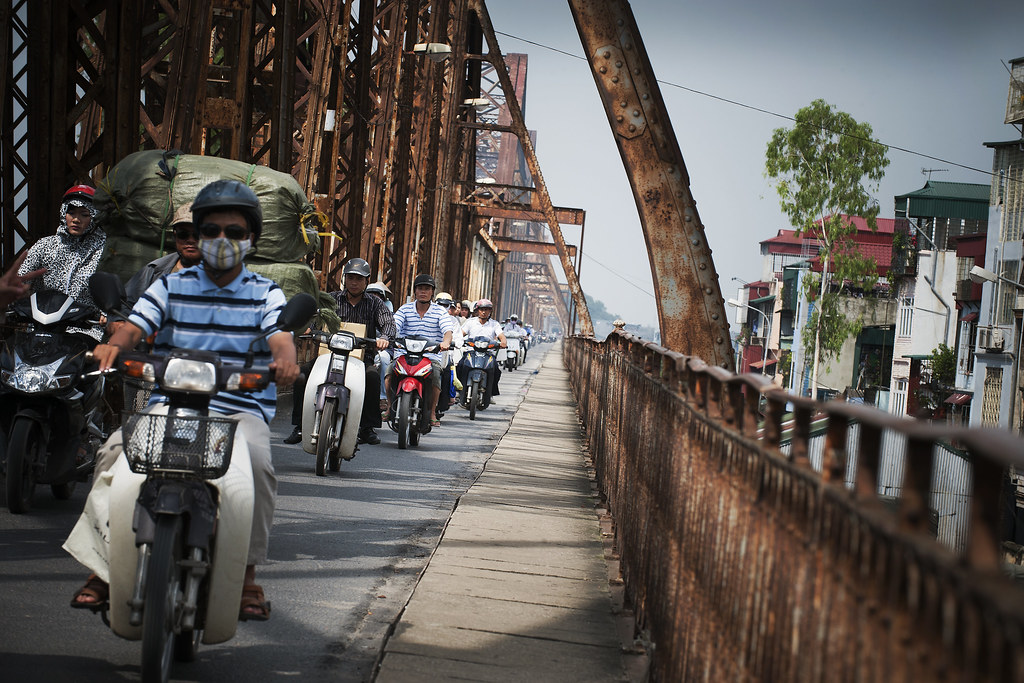It’s practically a symbol of Vietnam’s capital, if not the entire country. The countless scooters in varying states of repair, smoking and spluttering throughout the city, could well disappear from central Hanoi as early as next year…
Scooters: A Social Phenomenon
To say that scooters and other small motorcycles are abundant in Hanoi would be an understatement. This is hardly surprising, given that they’re the primary mode of transport for most residents – so much so that there are reportedly over 5 million of them for a population of around 9 million. It’s practically a world record…
Whilst this mode of transport proves extremely practical on every level, it nevertheless clogs the capital’s streets and, more importantly, creates massive pollution that makes the Vietnamese capital one of the most polluted urban areas in Southeast Asia. As one might expect, the two-wheeler fleet here isn’t exactly young or well-maintained, and runs primarily on petrol.
These are issues that Vietnamese authorities would very much like to see change. Hence this plan to ban the oldest and most polluting machines – essentially anything that isn’t electric – from Hanoi’s historic city centre. This would take effect next year, on 1st July, before extending the measure to other districts by 2030 and, ultimately, the complete elimination of petrol-powered two-wheelers by 2045, both in Hanoi and across the rest of the country.
It’s undoubtedly good for the planet, but the measure hasn’t necessarily been well-received by the population, who are wondering how they’ll manage in the future. The main issue is that many simply can’t afford to replace their scooters with electric models that cost several thousand dollars in a country where the average monthly salary doesn’t exceed $300-400. Not to mention the lack of charging stations and the inadequate public transport system typical of greater Hanoi, which could further complicate matters.

